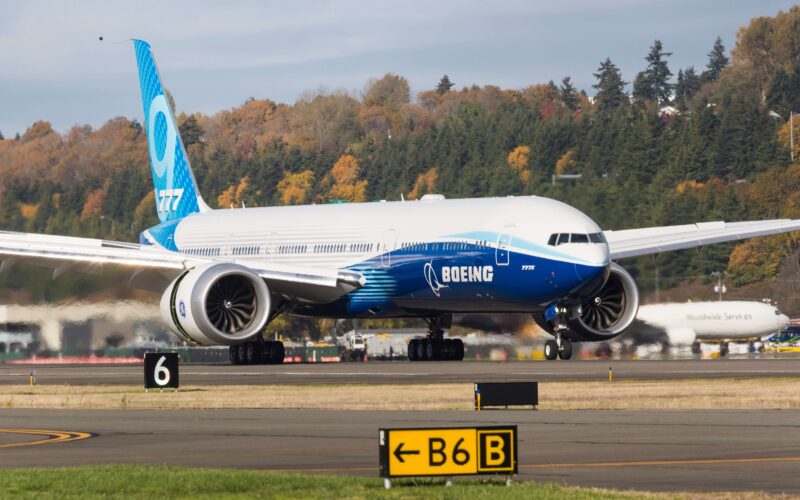A report from Boeing Capital Corporation, a subsidiary of Boeing, reveals that liquidity for aircraft financing is now close to pre-pandemic levels.
For the second consecutive year, 100% of Boeing deliveries were financed by third parties with the top sources of delivery funding coming from cash, capital markets and sale leasebacks, Boeing revealed in a statement published on its website.
On May 2, 2022, Boeing Capital Corporation released its 2022 Commercial Aircraft Financing Market Outlook (CAFMO) which reviews the current financing stability within the leasing sector post-pandemic.
The CAFMO shows that commercial aviation required around $64 billion in delivery financing during 2021, up from $59 billion in 2020.
Boeing is optimistic that there will continue to be sufficient liquidity to support new aircraft deliveries.
The manufacturer also noted that capital markets have been a key driver in shoring up liquidity for the sector, with the market close to pre-pandemic levels for most issuers.
In 2021, lessors accounted for more than 50% of the delivery financing volume. The total number of leased aircraft (across the global aviation fleet of in-service and parked aircraft) has grown to 47%.
“Financiers and investors remain committed to the long-term fundamentals that continue to make aircraft a valuable asset class,” says Tim Myers, President of Boeing Capital Corporation. “Despite the changing landscape since the emergence of the COVID-19 pandemic, the industry remains resilient and there continues to be sufficient liquidity in the market for our customers with increasing opportunities as traffic recovers.”
Boeing highlighted a shift from lessors negotiating lease deferrals to bidding for new business and states that capital markets “gave a vote of confidence” by facilitating issuers with access to pricing close to pre-pandemic levels.
According to Boeing’s statement, secured debt for lessors also made a return to pre-pandemic levels with the Asset-Backed Securities (ABS) market making a comeback with volumes at around $8.7 billion.
“Although risk tolerance and activity levels were below pre-pandemic levels, pockets around the world are increasingly looking for business through bank debt,” Boeing said.
Boeing also noted that institutional investors and funds continued to seek aviation exposure, filling in where traditional sources of capital retrenched.
Additionally, export credit and institutional investors provided the necessary financing to support airlines where there were shortfalls or defaults.
In its 2021 Commercial Market Outlook, Boeing estimated that there will be demand for more than 43,500 new airplanes valued at $7.2 trillion over the next 20 years.

